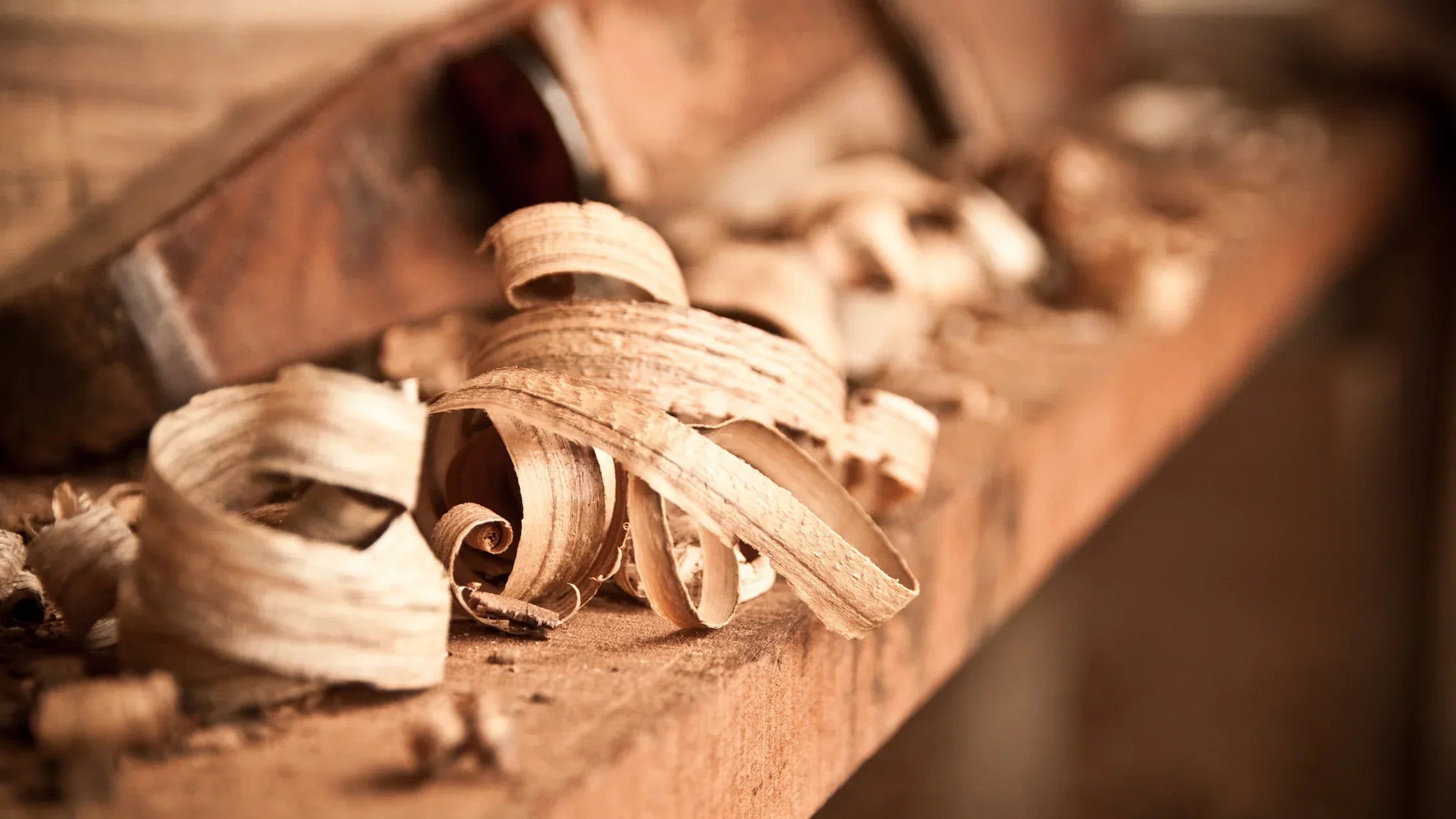Let’s be real—most of what we buy these days is mass-produced, fast, and kind of soulless. But every now and then, you come across something so well-crafted, so thoughtful, that it makes you stop and appreciate the skill behind it. That’s exactly how traditional Japanese woodworking feels.
This ancient craft is all about precision, patience, and working with nature—not against it. Whether you're into DIY, woodworking, design, or just love beautifully made things, these traditional techniques are totally worth learning about (and maybe even trying yourself).
What Makes Japanese Woodworking So Special?
First off, Japanese woodworking is more than just “building stuff out of wood.” It's a mindset. There’s this deep respect for the material, for tradition, and for doing things the right way—even if it takes more time.
One of the coolest things? Traditional Japanese carpentry often skips nails and screws altogether. Instead, it uses super intricate joinery techniques that lock pieces of wood together like puzzles. Not only is that strong and long-lasting, but it also looks incredible.
And get this: Japanese woodworkers (daiku) have been doing this for centuries. Some of their temples and buildings have lasted hundreds of years—all without modern tools or fasteners. That’s the level of craftsmanship we’re talking about here.

The Techniques That Make It All Happen
1. Joinery (Tsugite & Shiguchi)
If you’ve seen those wooden joints that fit together like magic, you’ve seen Japanese joinery in action. There are two main types:
- Tsugite: For joining two pieces end-to-end (think extending a beam).
- Shiguchi: For joining wood at angles—like corners or cross joints.
These joints are ridiculously clever. Some popular ones include:
- Kanawa Tsugi: Used to connect beams in a way that keeps them super strong.
- Kigumi: Interlocking wood pieces that need no glue or screws.
- Shachi-sen: A wedge technique that tightens over time—seriously genius.
They’re not just functional either—they’re straight-up beautiful.
2. Kigoroshi (“Wood Killing”)
Okay, the name sounds intense, but this is actually a super subtle and smart move. Kigoroshi is when woodworkers compress part of the wood before fitting it into a joint. Later, the wood expands and locks in tight. It’s like planning ahead for how the wood will change with time. Mind blown.
3. Sumi-tsubo (Ink Marking Tool)
Before making any cuts, Japanese carpenters use a tool called a sumi-tsubo to make ultra-precise ink lines. It’s like an old-school chalk line but cooler. Getting the markings just right is a big deal when you're building without nails—every cut counts.
4. Traditional Hand Tools
Forget power tools for a second. Japanese woodworkers use hand tools that are works of art themselves:
- Nokogiri (Pull Saws): Cut on the pull stroke, which gives more control and cleaner cuts.
- Kanna (Planes): Used for smoothing wood down to silky perfection.
- Nomi (Chisels): Razor-sharp and used for carving joints and fine details.
These tools take practice to master, but once you get the hang of them, they offer crazy levels of precision.

Why It Still Matters Today
You might be thinking, “Cool history lesson, but what does this have to do with me?” Turns out, a lot. These traditional techniques are super relevant today for a bunch of reasons.
1. It’s Eco-Friendly
Japanese woodworking is all about using natural materials and minimal waste. No glue, no nails, no plastic. Just wood, tools, and skill. If you're into sustainability or eco-conscious design, this style is right up your alley.
2. It Lasts Forever
Okay, maybe not forever, but a long time. The joints are strong, and the wood is carefully selected and treated. That's why temples made with these techniques are still standing after centuries. Whether you're making furniture or a little bookshelf, Japanese joinery makes things that hold up.
3. The Aesthetic Is On Point
Minimalist design? Clean lines? Natural wood tones? Japanese woodworking has been doing that before it was cool. Even modern homes and furniture often borrow from this aesthetic. It just works.
4. It’s Mindful and Satisfying
Doing something with your hands—especially something detailed like this—can be super calming. Taking your time, focusing on the work, and seeing the results is really satisfying. Whether you're looking for a new hobby or just need a break from screens, this is a great one.

How You Can Try It for Yourself
Feeling inspired? You don’t need to become a master carpenter to get into this. Here are a few ways to dip your toes in:
1. Start Small
Try a beginner-friendly joinery project, like a wooden box or a small shelf. Learn a few basic joints like the half-lap or mortise and tenon, and work your way up.
2. Grab a Couple of Tools
You don’t need a full workshop. Start with a good pull saw (Nokogiri) and maybe a small Kanna (plane). You’ll be surprised how much you can do with just a few tools.
3. Take a Class or Watch Tutorials
There are some amazing YouTube channels, books, and online courses dedicated to Japanese woodworking. Even just watching a master at work is inspiring (and oddly soothing).
4. Read Up
Books like The Art of Japanese Joinery by Kiyosi Seike are packed with diagrams and insights. They’re great for understanding how and why these techniques work.

Final Thoughts
Even if you never pick up a chisel, understanding and appreciating traditional Japanese woodworking can shift how you see craftsmanship and design. It’s about more than just building something—it’s about intention, care, and honoring the material.
Next time you see a perfectly joined wooden table or visit a centuries-old structure in Japan, you’ll know there’s a whole world of technique and tradition behind it. And who knows? Maybe you’ll be inspired to try it yourself.



Share:
Behind the Brand: The Story of Our Japanese Home Goods
Setting the Mood: Japanese Lighting and Ambiance for Your Home